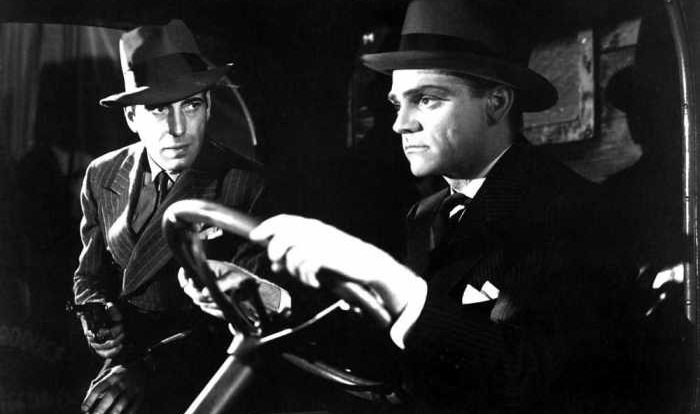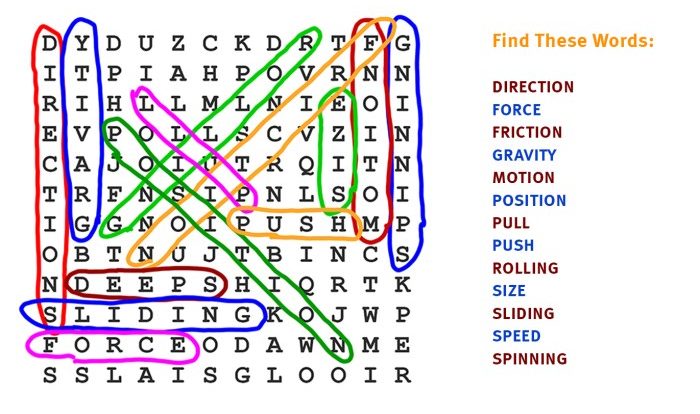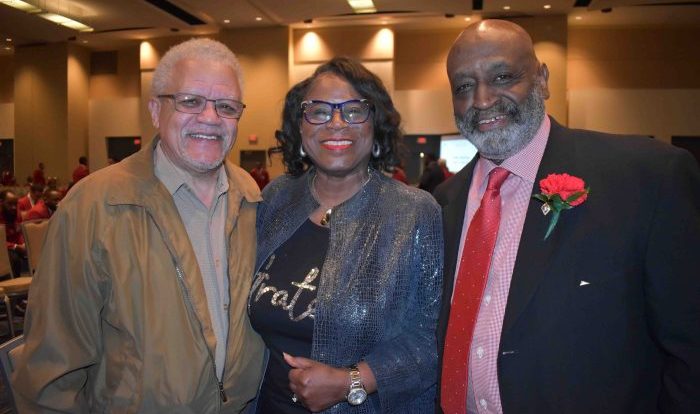Unveiling the “slice of history crossword clue” embarks us on an intriguing journey through time, where fragments of the past intertwine to reveal captivating stories and profound insights.
From enigmatic crossword puzzles to tangible historical artifacts, this exploration delves into the multifaceted ways we preserve, interpret, and make sense of our collective history.
Historical Significance
The term “slice of history” refers to a fragment of the past that has been preserved and studied to provide insights into a particular time or event. This concept is rooted in the belief that understanding the past is crucial for comprehending the present and shaping the future.
Preserving fragments of history, such as artifacts, documents, and oral traditions, allows us to reconstruct and analyze the lives and experiences of our ancestors. By examining these fragments, historians and researchers can piece together a comprehensive picture of the past, shedding light on social, political, economic, and cultural developments.
Fragmentary Nature of History
History is inherently fragmentary, as it is impossible to fully capture the complexities of the past. However, by studying individual fragments and synthesizing them, historians can develop a more nuanced and accurate understanding of historical events.
These fragments provide glimpses into the lives of ordinary people, as well as the decisions and actions of those in power. They offer insights into the challenges, triumphs, and everyday experiences of individuals and communities, enriching our understanding of human nature and the evolution of societies.
Crossword Puzzle Clues
Crossword puzzles often use the phrase “slice of history” as a clue for answers related to historical events, figures, or artifacts. This phrase can be interpreted in several ways, each leading to different types of answers.
Types of Interpretations
- Specific Historical Event:The clue may refer to a particular historical event, such as the American Revolution or the signing of the Magna Carta. The answer would then be the name of the event or a related term.
- Historical Period:The clue may indicate a broader historical period, such as the Victorian era or the Renaissance. The answer would be a term associated with that period, such as “gaslight” or “humanism.”
- Historical Artifact:The clue may hint at a specific historical artifact, such as the Rosetta Stone or the Mona Lisa. The answer would be the name of the artifact or a description of its significance.
- Historical Figure:The clue may refer to a notable historical figure, such as Abraham Lincoln or Marie Curie. The answer would be the name of the person or a term related to their life or achievements.
Historical Events and Eras
Throughout history, numerous events and eras have shaped the course of human civilization. These “slices of history” provide valuable insights into the past, helping us understand the present and anticipate the future.
The following table presents a selection of historical events or eras that can be considered “slices of history”:
Time Periods, Key Figures, and Significant Occurrences
| Time Period | Key Figures | Significant Occurrences |
|---|---|---|
| Ancient Egypt (c. 3100-30 BCE) | Pharaohs such as Khufu, Hatshepsut, and Tutankhamun | Construction of the Great Pyramids, development of hieroglyphics, and establishment of a centralized government |
| Classical Greece (c. 800-323 BCE) | Philosophers such as Socrates, Plato, and Aristotle | Emergence of democracy, development of philosophy and mathematics, and expansion of the Athenian Empire |
| Roman Empire (c. 27 BCE-476 CE) | Emperors such as Augustus, Julius Caesar, and Constantine | Establishment of a vast empire, development of Roman law and infrastructure, and spread of Christianity |
| Middle Ages (c. 5th-15th centuries) | Feudal lords, popes, and scholars | Rise of feudalism, establishment of the Catholic Church as a major power, and emergence of universities |
| Renaissance (c. 14th-17th centuries) | Artists such as Leonardo da Vinci, Michelangelo, and Raphael | Revival of classical learning, development of new artistic techniques, and emergence of humanism |
| American Revolution (1775-1783) | George Washington, Thomas Jefferson, and Benjamin Franklin | Declaration of Independence, War of Independence, and establishment of the United States of America |
| Industrial Revolution (c. 18th-19th centuries) | Inventors such as James Watt, George Stephenson, and Thomas Edison | Development of new technologies, mechanization of production, and growth of cities |
| World War II (1939-1945) | Winston Churchill, Franklin D. Roosevelt, and Joseph Stalin | Global conflict involving major powers, resulting in significant loss of life and technological advancements |
Types of Historical Artifacts
Historical artifacts are tangible remains of the past that provide valuable insights into the lives, cultures, and events of bygone eras. They can range from everyday objects to grand monuments, each offering a unique “slice of history.” These artifacts play a crucial role in shaping our understanding of the past, as they provide physical evidence of human activity and allow us to reconstruct historical narratives.
The significance of historical artifacts lies in their ability to connect us to the past on a personal level. By examining artifacts, we can gain a tangible sense of the lives of those who came before us. They offer a glimpse into the technologies, beliefs, and daily routines of different cultures and time periods, helping us to appreciate the diversity and complexity of human history.
Written Documents
Written documents, such as letters, diaries, and official records, provide a wealth of information about the past. They offer firsthand accounts of historical events, personal experiences, and societal norms. By analyzing these documents, historians can reconstruct the thoughts, motivations, and actions of individuals and groups, shedding light on the political, social, and cultural dynamics of the time.
- Letters: Personal correspondence can reveal intimate details about individuals’ lives, relationships, and perspectives.
- Diaries: Daily journals offer a glimpse into the thoughts and experiences of individuals, providing valuable insights into their daily routines, fears, and aspirations.
- Official records: Government documents, such as censuses, tax records, and court proceedings, provide a wealth of data on demographics, economic conditions, and legal systems.
Objects of Everyday Life, Slice of history crossword clue
Objects of everyday life, such as tools, utensils, clothing, and furniture, offer insights into the material culture and technological advancements of past societies. By studying these artifacts, we can learn about the daily lives of ordinary people, their occupations, and the challenges they faced.
These objects can also reveal information about trade networks, artistic traditions, and social hierarchies.
- Tools: Agricultural implements, weapons, and craft tools provide insights into the technologies and skills of past societies.
- Utensils: Cooking pots, plates, and cutlery can reveal dietary habits, culinary practices, and social customs.
- Clothing: Garments and accessories offer clues about fashion trends, social status, and cultural norms.
- Furniture: Beds, chairs, and tables provide information about living conditions, comfort levels, and social customs.
Architectural Structures
Architectural structures, such as buildings, bridges, and monuments, are tangible representations of the architectural styles, engineering techniques, and cultural values of past civilizations. By studying these structures, we can gain insights into the political, economic, and social conditions of the time.
Architectural remains can also provide evidence of religious beliefs, artistic traditions, and technological advancements.
- Buildings: Temples, palaces, and houses offer insights into the social hierarchy, religious practices, and daily lives of past societies.
- Bridges: Bridges and aqueducts reveal engineering skills, transportation networks, and trade routes.
- Monuments: Statues, memorials, and tombs provide information about historical figures, political ideologies, and cultural values.
Art and Artifacts
Art and artifacts, such as paintings, sculptures, and decorative objects, offer valuable insights into the artistic traditions, cultural beliefs, and social values of past societies. By analyzing these artifacts, we can gain a deeper understanding of the creative expression, religious practices, and aesthetic sensibilities of different cultures and time periods.
- Paintings: Paintings and murals depict historical events, religious scenes, and everyday life, providing insights into social norms, cultural values, and artistic techniques.
- Sculptures: Statues, busts, and reliefs offer representations of historical figures, deities, and mythological creatures, revealing artistic styles, religious beliefs, and cultural traditions.
- Decorative objects: Jewelry, pottery, and textiles can provide insights into fashion trends, cultural practices, and trade networks.
Historical Perspectives
Examining a “slice of history” necessitates considering diverse historical perspectives to gain a comprehensive understanding.
Each perspective is influenced by the biases, interpretations, and cultural contexts of the individuals involved. These factors shape the way events are recorded, interpreted, and remembered.
Biases
- Historical accounts can be influenced by the personal biases of the author or narrator.
- These biases may stem from political affiliations, social status, or personal experiences.
- Recognizing and understanding biases helps historians critically evaluate historical sources.
Interpretations
- Different individuals may interpret the same historical event in various ways.
- These interpretations are influenced by cultural norms, values, and beliefs.
- Historians must consider multiple interpretations to form a balanced understanding of the past.
Cultural Contexts
- The cultural context in which an event occurs significantly influences its perception and interpretation.
- Social, economic, and political factors can shape the way people experience and understand historical events.
- Historians must examine the cultural context to gain a deeper understanding of the past.
FAQ: Slice Of History Crossword Clue
What is the significance of a “slice of history”?
A “slice of history” represents a fragment or aspect of the past that provides a glimpse into a broader historical context, offering valuable insights into the events, people, and ideas that have shaped our world.
How can crossword puzzles contribute to our understanding of history?
Crossword puzzles often incorporate historical references, requiring solvers to draw upon their knowledge of past events and figures. This process reinforces historical facts, promotes critical thinking, and encourages a deeper appreciation for the interconnectedness of time.
Why is it important to consider multiple historical perspectives?
Different historical perspectives provide diverse interpretations of the past, allowing us to challenge assumptions, uncover hidden narratives, and gain a more comprehensive understanding of complex historical events.


